Silent Era Home Page > Home Video > The Cook and Other Treasures

Reviews of silent film releases on home video.
Copyright © 1999-2025 by Carl Bennett
and the Silent Era Company.
All Rights Reserved. |
|
The Cook
and Other Treasures
(1917-1920)
|
Contents: A Reckless Romeo (1917), The Cook (1918) and Number, Please? (1920).
In The Cook (1918), Roscoe and Buster work in a beachfront cafe. As the cook, Arbuckle has several opportunities to show off his juggling expertise. Buster is a waiter that causes trouble for the fretting owner, and does a hilarious Egyptian dance, which Roscoe joins in on. When a tough guy disrupts the cafe, Luke the dog gives him a run for his money. At lunch, the restaurant crew shows us a number of different and funny ways to eat spaghetti.
The second half of the film follows Roscoe and Buster on their day off fishing and courting at a waterfront amusement park. The tough guy shows up again to cause trouble, only to be thwarted again by Luke.
Presumed lost, fragmentary prints of The Cook were recovered in 1998 by the Norsk Filminstitutt and 2002 by the Eye Film Instituut Nederland to give us a fairly complete representation of the original film. Preservation of the footage was undertaken by the George Eastman Museum film archive.
In A Reckless Romeo (1917), a drunken Roscoe comes home at 3:00 AM to his wife’s ire. The next day, he goes for a trip to an amusement park with his steaming wife and mother-in-law. Roscoe draws the wrath of a jealous boyfriend (Al St. John) when he flirts with the wrong pretty girl. The flirting and the resulting fight is captured on film by a passing newsreel photographer, only to be seen by Roscoe, his wife, his mother-in-law, and the jealous boyfriend at the movie theater the next day! Another film that had been presumed lost, A Reckless Romeo was recovered by the Norsk Filminstitutt in the late 1990s.
Harold Lloyd stars in Number, Please? (1920) as a young man who is vying against Roy Brooks for the attentions of Mildred Davis. When her dog gets away from her at an amusement park, Harold and Roy try to be its chivalrous rescuers. When Mildred wants to take a hot-air balloon ride, both of them vie to be the first to get permission from Mildred’s mother: Roy by running to her house, Harold by trying to get through to her at a bank of busy payphones. The remainder of the film involves a stolen purse.
From a documentary perspective, all three films offer us some excellent views of amusement parks of the late 1910s: California’s Luna Park in The Cook, Palisades Park in Fort Lee, New Jersey, in A Reckless Romeo, and another California park (Ocean Park) in Number, Please? — amusement park historians, take note!
— Carl Bennett
|
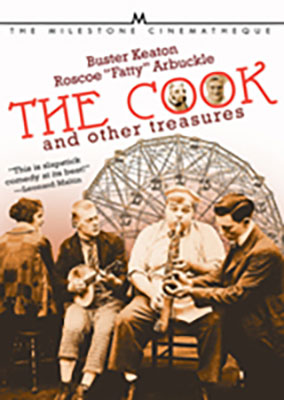 The Milestone Cinematheque The Milestone Cinematheque
2012 DVD edition
The Cook and Other Treasures (1917-1920), color-tinted black & white and black & white, 70 minutes total, not rated, including A Reckless Romeo (1917), black & white, 23 minutes, not rated, The Cook (1918), black & white, 22 minutes, not rated, and Number, Please? (1920), black & white, 24 minutes, not rated.
Milestone Films, (now distributed by Kino Lorber),
Mile0087, UPC 7-84148-00874-5, ISBN 978-1-933920-41-2.
One single-sided, single-layered, Region 0 NTSC DVD disc; 1.33:1 aspect ratio picture in full-frame 4:3 (720 x 480 pixels) interlaced scan image encoded in SDR MPEG-2 format at ? Mbps average video bit rate (capable of progressive scan upscaling to ? fps); Dolby Digital (AC3) 2.0 stereo sound encoded at ? Kbps audio bit rate; English language intertitles, no subtitles; chapter stops; standard DVD keepcase; $24.95.
Release date: 12 June 2012.
Country of origin: USA
|
|
The DVD collection noted below has been rereleased in new packaging and distributed by Kino Lorber.
For our comparative reviews of some of the individual films in this collection, see our A Reckless Romeo on home video and Number, Please? on home video pages.
You can expect the same quality from this edition as from the edition reviewed below.
|
This Region 0 NTSC DVD-R edition is available from
MILESTONE FILMS through . . .
|

|
|
 The Milestone Collection The Milestone Collection
2003 DVD edition
The Cook and Other Treasures (1917-1920), color-tinted black & white and black & white, 70 minutes total, not rated, including A Reckless Romeo (1917), black & white, 23 minutes, not rated, The Cook (1918), black & white, 22 minutes, not rated, and Number, Please? (1920), black & white, 24 minutes, not rated.
Milestone Film & Video, distributed by Image Entertainment,
ID1035MLSDVD, UPC 0-14381-10352-6.
One single-sided, single-layered, Region 1 NTSC DVD disc; 1.33:1 aspect ratio picture in full-frame 4:3 (720 x 480 pixels) interlaced scan image encoded in SDR MPEG-2 format at 5.0 Mbps average video bit rate (capable of progressive scan upscaling to ? fps); Dolby Digital (AC3) 2.0 stereo sound encoded at 224 Kbps audio bit rate; English language intertitles, no subtitles; chapter stops; standard DVD keepcase; $24.99.
Release date: 11 February 2003.
Country of origin: USA
Ratings (1-10): video: 6 / audio: 8 / additional content: 8 / overall: 7.
|

While Buster Keaton does not appear in A Reckless Romeo, this volume of two short Roscoe Arbuckle films, offered with a Harold Lloyd short, makes a good companion volume to Kino International’s Arbuckle & Keaton collections. Here are further examples of Arbuckle’s talent as a film comedian.
This presentation of The Cook has been assembled from two very-good 35mm nitrate prints that are compromised by a moderate amount of dust, speckling, scratches, and emulsion damage. The tonal ranges vary slightly from broad to slightly darker, and image detail is generally very-good to excellent. The video transfers have been made from one black & white print and one color-toned print. The black & white footage has been electronically color-toned to approximately match (but is still slightly lighter than) its supporting footage. Either the video transfer or the Norsk Filminstitutt source print is slightly tighter framed than the Eye Film Instituut Nederland footage, which is apparent when a single shot has been reconstructed using footage from both prints. Also some of the Norsk footage is cropped tightly enough to lessen the impact of some of the gags when comic business occurs too closely to the edge of the frame. While the film is largely complete, there are fragments that are missing throughout the reconstruction print, including the ending.
For our comparative reviews of some of the individual films in this collection, see our A Reckless Romeo on home video and Number, Please? on home video pages.
In a silent film DVD supplements first, Milestone Film & Video has included video transfers of both the fragmented Norsk and Nederlands prints that can be edited together on a PC equipped with a DVD drive and appropriate video-editing software. To assist the would-be reconstructionist, a PDF file of the The Cook’s original press kit has been provided as a guide to the original film’s continuity.
The films are accompanied by piano scores composed and performed by Philip Carli, one of the best of the current practitioners of silent film accompaniment. The stereo recording is well reproduced here.
|
This Region 0 NTSC DVD edition has been discontinued
and is . . .
|

|
|
|
Other silent era ROSCOE ARBUCKLE films available on home video.
Other silent era BUSTER KEATON films available on home video.
Other silent era HAROLD LLOYD films available on home video.
Other SHORT COMEDY FILMS of the silent era available on home video.
|
|
Roscoe Arbuckle filmography in The Progressive Silent Film List
Buster Keaton filmography in The Progressive Silent Film List
|
|
|

LINKS IN THIS COLUMN
MAY TAKE YOU TO
EXTERNAL WEBSITES
•
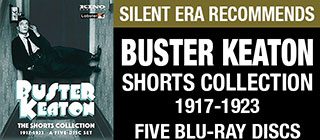
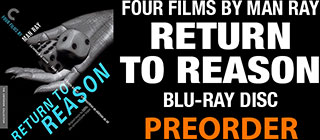
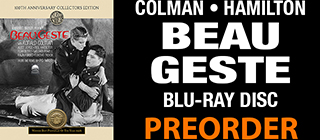




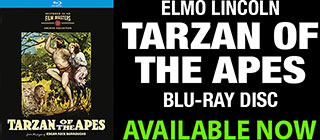
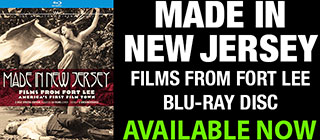
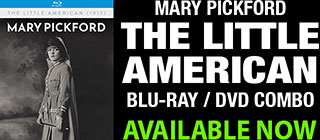
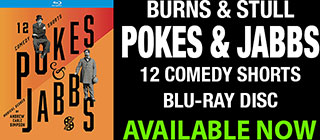


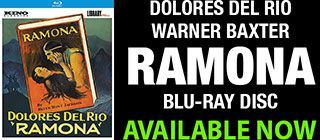
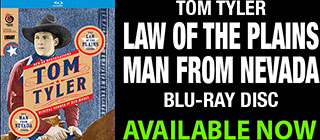
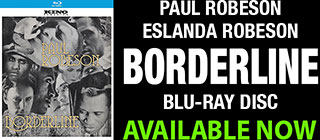
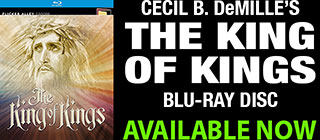
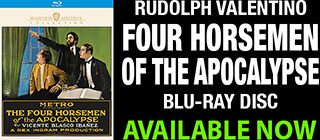

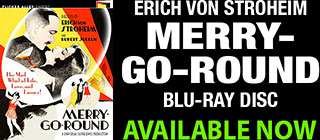

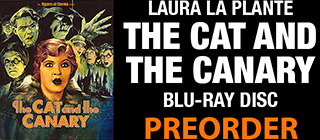
•
|




































